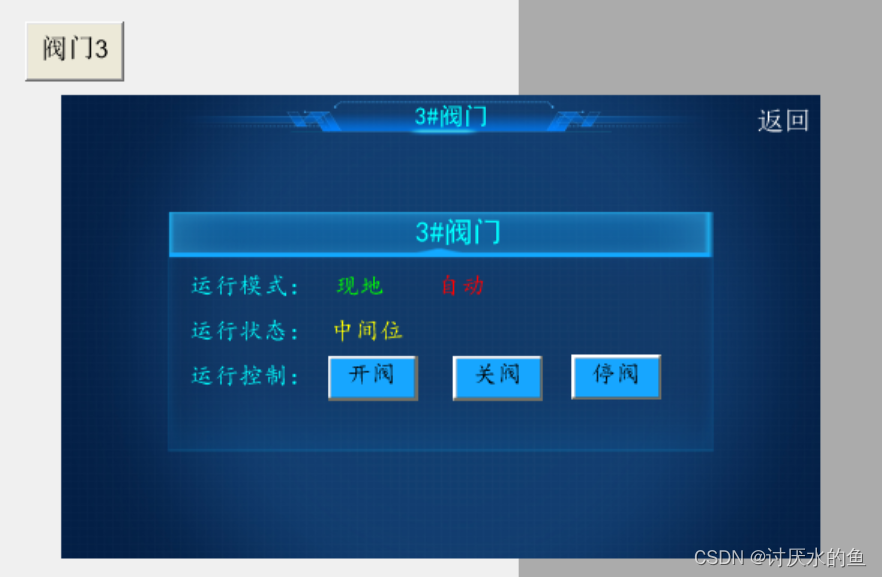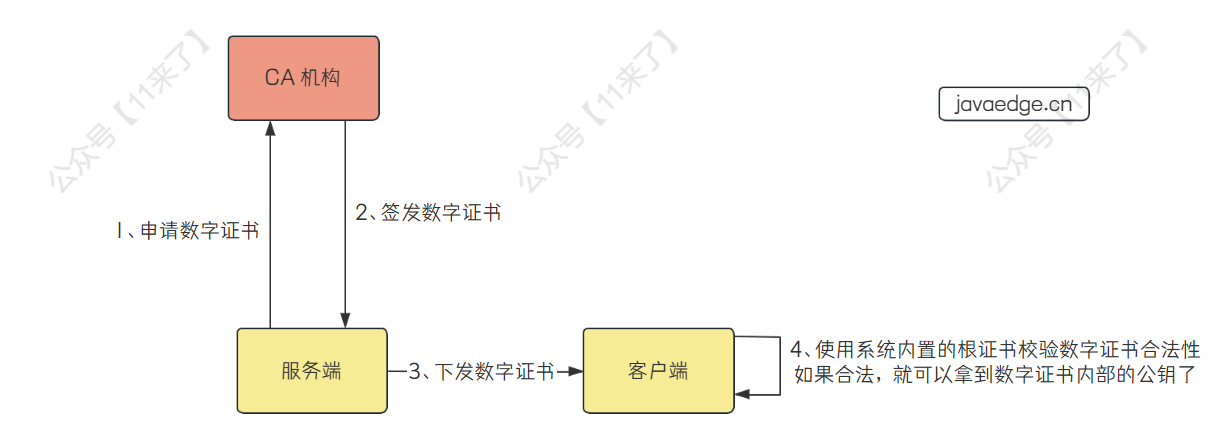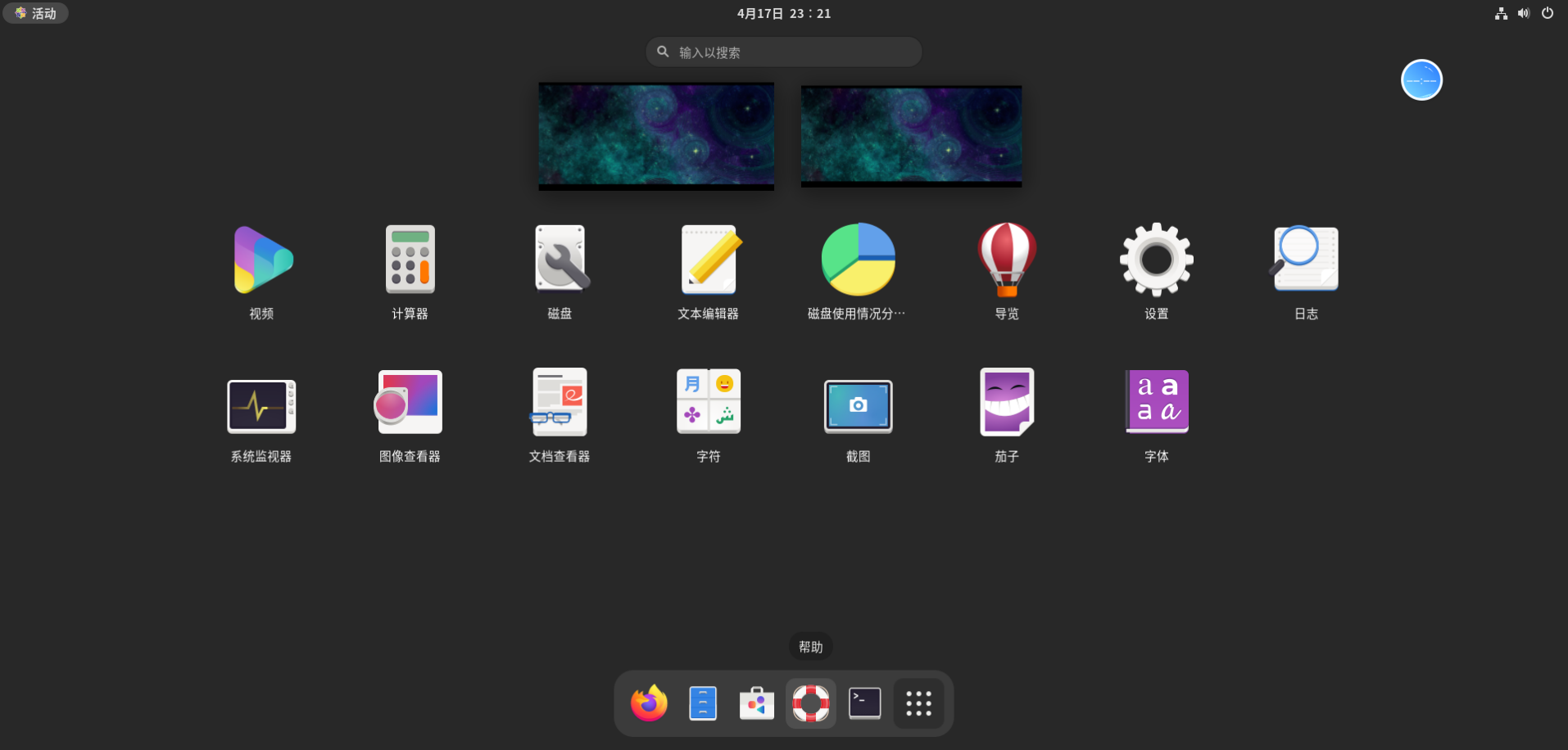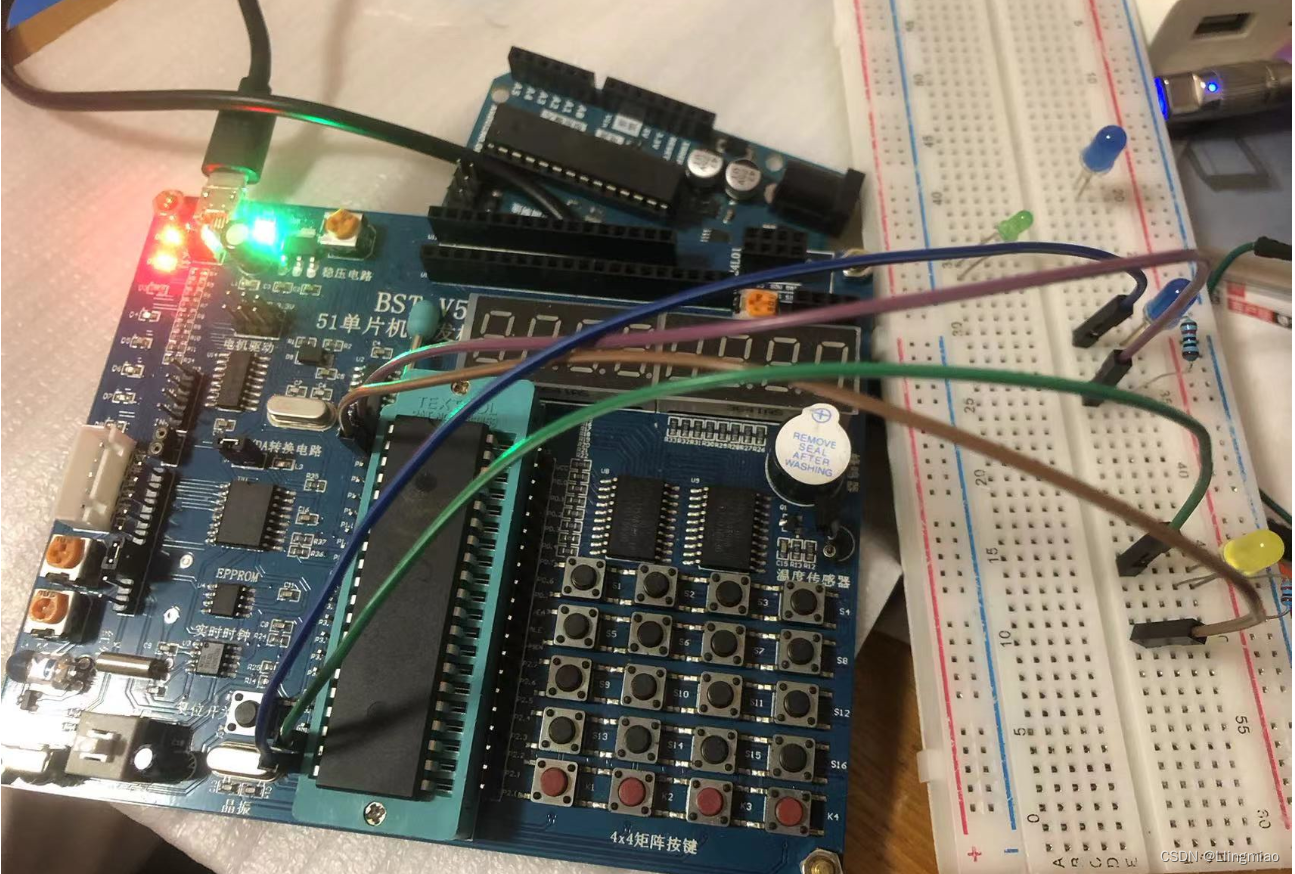一、BeanPostProcessor与BeanFactoryPostProcessor的定义
一、BeanPostProcessor
bean后置处理器,bean创建对象初始化前后进行拦截工作的
二、BeanFactoryPostProcessor
beanFactory的后置处理器,在BeanFactory标准初始化之后调用,来定制和修改BeanFactory的内容,所有的bean定义信息已经保存加载到beanFactory,但是bean的实例还未创建。BeanFactoryPostProcessor是BeanFactory的一个钩子接口
二、原理
一、测试demo
@Component
public class MyBeanFactoryPostProcessor implements BeanFactoryPostProcessor {@Overridepublic void postProcessBeanFactory(ConfigurableListableBeanFactory beanFactory) throws BeansException {System.out.println("MyBeanFactoryPostProcessor...postProcessBeanFactory...");int count = beanFactory.getBeanDefinitionCount();String[] names = beanFactory.getBeanDefinitionNames();System.out.println("当前BeanFactory中有"+count+" 个Bean");System.out.println(Arrays.asList(names));}
}@ComponentScan("com.spring.annotate.beans")
@Configuration
public class BeansFactoryConfig {@Beanpublic Blue blue(){return new Blue();}
}@Testvoid contextLoads() {AnnotationConfigApplicationContext applicationContext = new AnnotationConfigApplicationContext(BeansFactoryConfig.class);applicationContext.close();}结果:

二、原理
一、通过idea工具可以查看到spring源码接口,发现它还有一个子接口BeanDefinitionRegistryPostProcessor
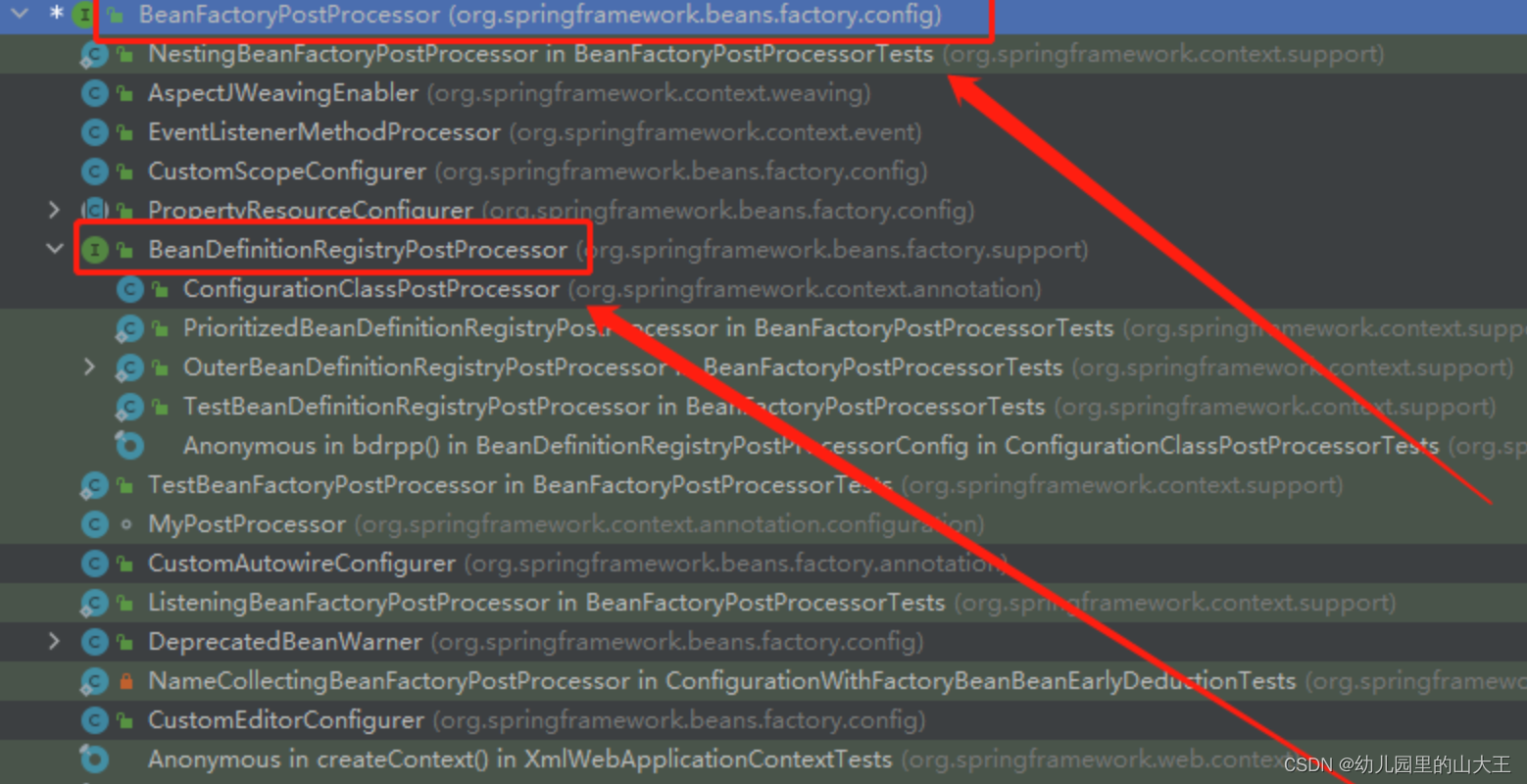
二、BeanFactoryPostProcessor接口
@FunctionalInterface
public interface BeanFactoryPostProcessor {/**
* Modify the application context's internal bean factory after its standard
* initialization. All bean definitions will have been loaded, but no beans
* will have been instantiated yet. This allows for overriding or adding
* properties even to eager-initializing beans.
* @param beanFactory the bean factory used by the application context
* @throws org.springframework.beans.BeansException in case of errors
*/
void postProcessBeanFactory(ConfigurableListableBeanFactory beanFactory) throws BeansException;}
从源码上看,这个接口只有一个方法,也就是说spring是通过这个方法对BeanFactory进行增强的
三、BeanDefinitionRegistryPostProcessor接口
public interface BeanDefinitionRegistryPostProcessor extends BeanFactoryPostProcessor {
/**
* Modify the application context's internal bean definition registry after its
* standard initialization. All regular bean definitions will have been loaded,
* but no beans will have been instantiated yet. This allows for adding further
* bean definitions before the next post-processing phase kicks in.
* @param registry the bean definition registry used by the application context
* @throws org.springframework.beans.BeansException in case of errors
*/
void postProcessBeanDefinitionRegistry(BeanDefinitionRegistry registry) throws BeansException;}
此接口也只有一个方法,是为了Bean的注册而生,BeanDefinitionRegistry 是BeanDefinition的注册器,而注册Bean的过程是将满足Bean条件的类解析为BeanDefinition对象然后注册到BeanDefinition注册器中。
总结:
BeanFactoryPostProcessor和BeanDefinitionRegistryPostProcessor都是扩展Bean的加载方式,当我们需要自定义自己的Bean加载方式时实现BeanDefinitionRegistryPostProcessor接口即可。@Configuration注解的实现就是基于BeanDefinitionRegistryPostProcessor接口完成
四、BeanFactoryPostProcessor 原理
首先我们需要清楚,AbstractApplicationContext类中refresh()是spring加载Bean的核心方法,大部分的处理逻辑都是在这个方法中完成。执行时机是:所有的bean定义已经保存加载到beanFactory,但是bean的实例还未创建
@Overridepublic void refresh() throws BeansException, IllegalStateException {synchronized (this.startupShutdownMonitor) {StartupStep contextRefresh = this.applicationStartup.start("spring.context.refresh");// Prepare this context for refreshing./*** 准备上下文刷新工作,如设置初始值*/prepareRefresh();// Tell the subclass to refresh the internal bean factory./*** 告诉子类刷新内部beanFactory,返回Bean工厂*/ConfigurableListableBeanFactory beanFactory = obtainFreshBeanFactory();// Prepare the bean factory for use in this context./*** 准备beanFactory,以便于上下文中使用*/prepareBeanFactory(beanFactory);try {// Allows post-processing of the bean factory in context subclasses./*** 允许在上下文子类中对bean工厂进行后处理。*/postProcessBeanFactory(beanFactory);/*** 开启处理PostProcessors步骤器*/StartupStep beanPostProcess = this.applicationStartup.start("spring.context.beans.post-process");// Invoke factory processors registered as beans in the context./*** 调用BeanFactory的后置处理器*/invokeBeanFactoryPostProcessors(beanFactory);// Register bean processors that intercept bean creation./**** 注册拦截bean创建的bean处理器*/registerBeanPostProcessors(beanFactory);/*** 处理PostProcessors步骤器*/beanPostProcess.end();// Initialize message source for this context./*** 初始化MessageSource*/initMessageSource();// Initialize event multicaster for this context./*** 初始化Application监听器的管理Bean(ApplicationEventMulticaster)*/initApplicationEventMulticaster();// Initialize other special beans in specific context subclasses./*** 模板模式,刷新Bean的操作,由子类实现具体逻辑*/onRefresh();// Check for listener beans and register them./*** 检查和注册监听器*/registerListeners();// Instantiate all remaining (non-lazy-init) singletons./*** 实例化所有(非惰性初始化)单例*/finishBeanFactoryInitialization(beanFactory);// Last step: publish corresponding event./*** 发布相应的事件*/finishRefresh();}catch (BeansException ex) {if (logger.isWarnEnabled()) {logger.warn("Exception encountered during context initialization - " +"cancelling refresh attempt: " + ex);}// Destroy already created singletons to avoid dangling resources.destroyBeans();// Reset 'active' flag.cancelRefresh(ex);// Propagate exception to caller.throw ex;}finally {// Reset common introspection caches in Spring's core, since we// might not ever need metadata for singleton beans anymore...resetCommonCaches();contextRefresh.end();}}}一、 ioc容器创建对象
二、invokeBeanFactoryPostProcessors(beanFactory);
protected void invokeBeanFactoryPostProcessors(ConfigurableListableBeanFactory beanFactory) {/*** 执行BeanFactoryPostProcessor,是该方法的处理核心*/PostProcessorRegistrationDelegate.invokeBeanFactoryPostProcessors(beanFactory, getBeanFactoryPostProcessors());// Detect a LoadTimeWeaver and prepare for weaving, if found in the meantime// (e.g. through an @Bean method registered by ConfigurationClassPostProcessor)/*** 检查和赋初始值*/if (!NativeDetector.inNativeImage() && beanFactory.getTempClassLoader() == null && beanFactory.containsBean(LOAD_TIME_WEAVER_BEAN_NAME)) {beanFactory.addBeanPostProcessor(new LoadTimeWeaverAwareProcessor(beanFactory));beanFactory.setTempClassLoader(new ContextTypeMatchClassLoader(beanFactory.getBeanClassLoader()));}}
三、PostProcessorRegistrationDelegate.invokeBeanFactoryPostProcessors(beanFactory, getBeanFactoryPostProcessors())方法
public static void invokeBeanFactoryPostProcessors(ConfigurableListableBeanFactory beanFactory, List<BeanFactoryPostProcessor> beanFactoryPostProcessors) {Set<String> processedBeans = new HashSet<>();/*** 首先调用BeanDefinitionRegistryPostProcessors(如果有)。*/if (beanFactory instanceof BeanDefinitionRegistry) {BeanDefinitionRegistry registry = (BeanDefinitionRegistry) beanFactory;/*** 用于存放BeanFactoryPostProcessor的对象*/List<BeanFactoryPostProcessor> regularPostProcessors = new ArrayList<>();/*** 用户存放BeanDefinitionRegistryPostProcessor对象*/List<BeanDefinitionRegistryPostProcessor> registryProcessors = new ArrayList<>();/********************************* 下面处理BeanDefinitionRegistryPostProcessor逻辑 *************************************//*** 遍历最原始的BeanFactoryPostProcessor列表,找出BeanDefinitionRegistryPostProcessor和 BeanFactoryPostProcessor* BeanDefinitionRegistryPostProcessor是BeanFactoryPostProcessor的子接口*/for (BeanFactoryPostProcessor postProcessor : beanFactoryPostProcessors) {if (postProcessor instanceof BeanDefinitionRegistryPostProcessor) {BeanDefinitionRegistryPostProcessor registryProcessor =(BeanDefinitionRegistryPostProcessor) postProcessor;/*** 执行BeanDefinitionRegistryPostProcessor的postProcessBeanDefinitionRegistry*/registryProcessor.postProcessBeanDefinitionRegistry(registry);registryProcessors.add(registryProcessor);}else {regularPostProcessors.add(postProcessor);}}/*** 定义当前找到的BeanDefinitionRegistryPostProcessor临时存储*/List<BeanDefinitionRegistryPostProcessor> currentRegistryProcessors = new ArrayList<>();// First, invoke the BeanDefinitionRegistryPostProcessors that implement PriorityOrdered.// 首先,调用实现PriorityOrdered的BeanDefinitionRegistryPostProcessor。String[] postProcessorNames =beanFactory.getBeanNamesForType(BeanDefinitionRegistryPostProcessor.class, true, false);for (String ppName : postProcessorNames) {if (beanFactory.isTypeMatch(ppName, PriorityOrdered.class)) {currentRegistryProcessors.add(beanFactory.getBean(ppName, BeanDefinitionRegistryPostProcessor.class));processedBeans.add(ppName);}}sortPostProcessors(currentRegistryProcessors, beanFactory);registryProcessors.addAll(currentRegistryProcessors);invokeBeanDefinitionRegistryPostProcessors(currentRegistryProcessors, registry, beanFactory.getApplicationStartup());currentRegistryProcessors.clear();// 接下来,调用实现Ordered的BeanDefinitionRegistryPostProcessor。postProcessorNames = beanFactory.getBeanNamesForType(BeanDefinitionRegistryPostProcessor.class, true, false);for (String ppName : postProcessorNames) {if (!processedBeans.contains(ppName) && beanFactory.isTypeMatch(ppName, Ordered.class)) {currentRegistryProcessors.add(beanFactory.getBean(ppName, BeanDefinitionRegistryPostProcessor.class));processedBeans.add(ppName);}}sortPostProcessors(currentRegistryProcessors, beanFactory);registryProcessors.addAll(currentRegistryProcessors);invokeBeanDefinitionRegistryPostProcessors(currentRegistryProcessors, registry, beanFactory.getApplicationStartup());currentRegistryProcessors.clear();// 最后,调用所有其他BeanDefinitionRegistryPostProcessor,直到不再出现其他BeanDefinitionRegistryPostProcessor。boolean reiterate = true;while (reiterate) {reiterate = false;postProcessorNames = beanFactory.getBeanNamesForType(BeanDefinitionRegistryPostProcessor.class, true, false);for (String ppName : postProcessorNames) {if (!processedBeans.contains(ppName)) {currentRegistryProcessors.add(beanFactory.getBean(ppName, BeanDefinitionRegistryPostProcessor.class));processedBeans.add(ppName);reiterate = true;}}sortPostProcessors(currentRegistryProcessors, beanFactory);registryProcessors.addAll(currentRegistryProcessors);invokeBeanDefinitionRegistryPostProcessors(currentRegistryProcessors, registry, beanFactory.getApplicationStartup());currentRegistryProcessors.clear();}/*** 批量执行BeanDefinitionRegistryPostProcessor的postProcessBeanDefinitionRegistry*/invokeBeanFactoryPostProcessors(registryProcessors, beanFactory);/*** 批量执行BeanFactoryPostProcessor(最开始的BeanFactoryPostProcessor)*/invokeBeanFactoryPostProcessors(regularPostProcessors, beanFactory);}else {// Invoke factory processors registered with the context instance.invokeBeanFactoryPostProcessors(beanFactoryPostProcessors, beanFactory);}/********************************* 下面处理BeanFactoryPostProcessor逻辑(可能执行上面步骤产生新的BeanFactoryPostProcessor),执行逻辑和BeanDefinitionRegistryPostProcessor一致 *************************************/// Do not initialize FactoryBeans here: We need to leave all regular beans// uninitialized to let the bean factory post-processors apply to them!String[] postProcessorNames =beanFactory.getBeanNamesForType(BeanFactoryPostProcessor.class, true, false);// Separate between BeanFactoryPostProcessors that implement PriorityOrdered,// Ordered, and the rest.List<BeanFactoryPostProcessor> priorityOrderedPostProcessors = new ArrayList<>();List<String> orderedPostProcessorNames = new ArrayList<>();List<String> nonOrderedPostProcessorNames = new ArrayList<>();for (String ppName : postProcessorNames) {if (processedBeans.contains(ppName)) {// skip - already processed in first phase above}else if (beanFactory.isTypeMatch(ppName, PriorityOrdered.class)) {priorityOrderedPostProcessors.add(beanFactory.getBean(ppName, BeanFactoryPostProcessor.class));}else if (beanFactory.isTypeMatch(ppName, Ordered.class)) {orderedPostProcessorNames.add(ppName);}else {nonOrderedPostProcessorNames.add(ppName);}}// First, invoke the BeanFactoryPostProcessors that implement PriorityOrdered.sortPostProcessors(priorityOrderedPostProcessors, beanFactory);invokeBeanFactoryPostProcessors(priorityOrderedPostProcessors, beanFactory);// Next, invoke the BeanFactoryPostProcessors that implement Ordered.List<BeanFactoryPostProcessor> orderedPostProcessors = new ArrayList<>(orderedPostProcessorNames.size());for (String postProcessorName : orderedPostProcessorNames) {orderedPostProcessors.add(beanFactory.getBean(postProcessorName, BeanFactoryPostProcessor.class));}sortPostProcessors(orderedPostProcessors, beanFactory);invokeBeanFactoryPostProcessors(orderedPostProcessors, beanFactory);// Finally, invoke all other BeanFactoryPostProcessors.List<BeanFactoryPostProcessor> nonOrderedPostProcessors = new ArrayList<>(nonOrderedPostProcessorNames.size());for (String postProcessorName : nonOrderedPostProcessorNames) {nonOrderedPostProcessors.add(beanFactory.getBean(postProcessorName, BeanFactoryPostProcessor.class));}invokeBeanFactoryPostProcessors(nonOrderedPostProcessors, beanFactory);// Clear cached merged bean definitions since the post-processors might have// modified the original metadata, e.g. replacing placeholders in values...beanFactory.clearMetadataCache();}/*** 排序BeanFactoryPostProcessor* @param postProcessors* @param beanFactory*/private static void sortPostProcessors(List<?> postProcessors, ConfigurableListableBeanFactory beanFactory) {// Nothing to sort?if (postProcessors.size() <= 1) {return;}Comparator<Object> comparatorToUse = null;if (beanFactory instanceof DefaultListableBeanFactory) {comparatorToUse = ((DefaultListableBeanFactory) beanFactory).getDependencyComparator();}if (comparatorToUse == null) {comparatorToUse = OrderComparator.INSTANCE;}postProcessors.sort(comparatorToUse);}/*** 执行 BeanDefinitionRegistryPostProcessor* @param postProcessors* @param registry* @param applicationStartup*/private static void invokeBeanDefinitionRegistryPostProcessors(Collection<? extends BeanDefinitionRegistryPostProcessor> postProcessors, BeanDefinitionRegistry registry, ApplicationStartup applicationStartup) {for (BeanDefinitionRegistryPostProcessor postProcessor : postProcessors) {StartupStep postProcessBeanDefRegistry = applicationStartup.start("spring.context.beandef-registry.post-process").tag("postProcessor", postProcessor::toString);postProcessor.postProcessBeanDefinitionRegistry(registry);postProcessBeanDefRegistry.end();}}/*** 执行invokeBeanFactoryPostProcessors* @param postProcessors* @param beanFactory*/private static void invokeBeanFactoryPostProcessors(Collection<? extends BeanFactoryPostProcessor> postProcessors, ConfigurableListableBeanFactory beanFactory) {for (BeanFactoryPostProcessor postProcessor : postProcessors) {StartupStep postProcessBeanFactory = beanFactory.getApplicationStartup().start("spring.context.bean-factory.post-process").tag("postProcessor", postProcessor::toString);postProcessor.postProcessBeanFactory(beanFactory);postProcessBeanFactory.end();}}一、遍历最原始的BeanFactoryPostProcessor,找到BeanDefinitionRegistryPostProcessor和BeanFactoryPostProcessor,且执行BeanDefinitionRegistryPostProcessor的postProcessBeanDefinitionRegistry(registry)方法加载Bean。
二、从BeanFactory中寻找BeanDefinitionRegistryPostProcessor的PriorityOrdered(最高优先级的排序)类型Bean,排序后执行postProcessBeanDefinitionRegistry(registry)方法加载Bean。
三、从BeanFactory中寻找BeanDefinitionRegistryPostProcessor未被加载的Ordered(排序)类型Bean,排序后执行postProcessBeanDefinitionRegistry(registry)方法加载Bean。
四、从BeanFactory中寻找出未被加载的BeanDefinitionRegistryPostProcessor类型Bean,然后执行postProcessBeanDefinitionRegistry(registry)方法加载Bean,这一步目的就是处理加载新的BeanDefinitionRegistryPostProcessor的Bean。
五、从BeanFactory中寻找BeanFactoryPostProcessor的PriorityOrdered(最高优先级的排序)类型Bean,排序后执行postProcessBeanFactory(beanFactory)方法加载Bean。
六、从BeanFactory中寻找BeanFactoryPostProcessor未被加载的Ordered(排序)的类型Bean,排序后执行postProcessBeanFactory(beanFactory)方法加载Bean。
七、从BeanFactory中寻找出未排序的BeanFactoryPostProcessor类型Bean,然后执行postProcessBeanFactory(beanFactory)方法加载Bean。
- priorityOrderedPostProcessors:放置有优先级排序的接口
- orderedPostProcessorNames:放置有排序的PostProcessorNames
- nonOrderedPostProcessorNames:放置普通的PostProcessorNames
五、BeanDefinitionRegistryPostProcessor原理
执行时机:在所有bean定义信息将要被加载,bean实例还未创建的,这个是将要被加载,BeanFactoryPostProcessor 这个是已经被加载,所以BeanDefinitionRegistryPostProcessor是在更前执行
1、BeanDefinition:容器中的每一个bean都会有一个对应的
BeanDefinition实例,该实例负责保存bean对象的所有必要信息,包括bean对象的class类型、是否是抽象类、构造方法和参数、其它属性等等。2、BeanDefinitionRegistry:
BeanDefinition是定义bean的,BeanDefinitionRegistry则是bean定义信息的保存中心,也叫注册中心,保存了bean的所有定义,以后BeanFactory就是按照BeanDefinitionRegistry里面保存的每一个bean定义信息创建bean实例。bean是单例还是多例,bean的类型,bean的ID等信息,都是存在BeanDefinitionRegistry里面。
3、BeanDefinitionRegistryPostProcessor:它是Spring框架的一个扩展点,用于对Bean定义的注册过程进行干预和定制。继承BeanFactoryPostProcessor接口,并在其基础上扩展了一个新的方法,即:postProcessBeanDefinitionRegistry()方法。
用途:在Spring容器初始化时,首先会读取应用程序中的配置文件,并解析出所有的Bean定义,然后将这些Bean定义注册到容器中。在这个过程中,BeanDefinitionRegistryProcessor提供了一种机制,允许开发人员在Bean定义注册之前和之后对Bean定义进行自定义处理,例如添加,修改或删除Bean定义等。
方法详解:postProcessBeanDefinitionRegistry(BeanDefinitionRegistry registry):该方法在所有Bean定义加载完成之后,Bean实例化之前被调用,允许开发人员对Bean定义进行自定义修改,例如添加,修改或删除Bean定义等。
postProcessBeanFactory(ConfigurableListableBeanFactory beanFactory): 该方法是继承自BeanFactoryPostProcessor接口的方法,用于在BeanFactory完成实例化之后对BeanFactory进行后置处理。
一、ioc容器创建
二、调用refresh()方法,执行到里面的invokeBeanFactoryPostProcessors(beanFactory);方法
进入PostProcessorRegistrationDelegate.invokeBeanFactoryPostProcessors(beanFactory, getBeanFactoryPostProcessors());

三、从容器中获取到所有的BeanDefinitionRegistryPostProcessor组件

private static void invokeBeanDefinitionRegistryPostProcessors(Collection<? extends BeanDefinitionRegistryPostProcessor> postProcessors, BeanDefinitionRegistry registry) {for (BeanDefinitionRegistryPostProcessor postProcessor : postProcessors) {postProcessor.postProcessBeanDefinitionRegistry(registry);}}1、依次触发所有的postProcessBeanDefinitionRegistry()方法
2、再来触发postProcessBeanFactory()方法,是BeanFactoryPostProcessor里面的方法。

四、最后到BeanFactoryPostProcessor组件时还会依次触发postProcessBeanFactory()方法

